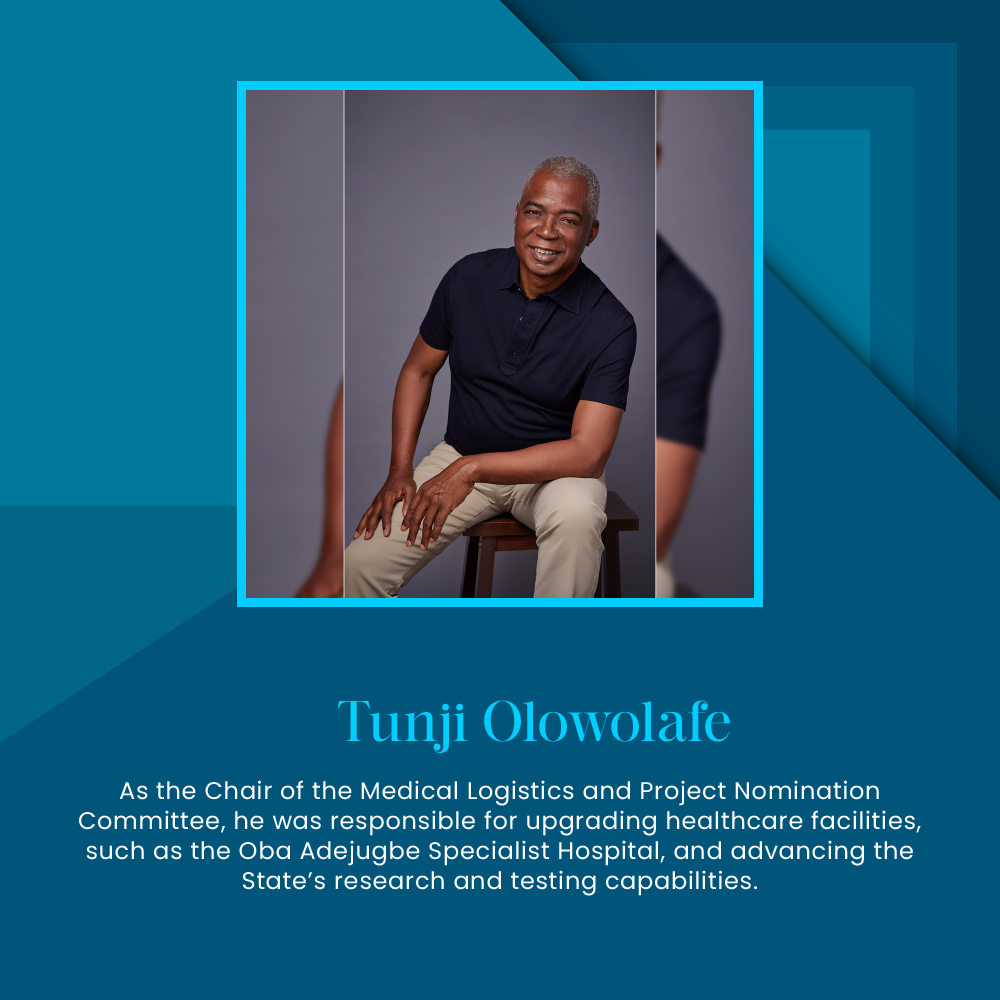
Advancements in healthcare are moving at an unprecedented pace, driven by technological innovation, evolving patient needs, and a growing emphasis on personalized care. These developments are transforming how medical professionals diagnose and treat diseases and reshaping the entire healthcare landscape. Here, we explore the critical trends poised to define medicine’s future.
The Rise of Telemedicine
Telemedicine has experienced significant growth, particularly accelerated by the COVID-19 pandemic. This approach to healthcare delivery allows patients to consult with healthcare providers from the comfort of their homes, reducing the need for in-person visits. Telemedicine enhances access to care, especially for those in remote or underserved areas, and is proving to be an effective tool for managing chronic conditions, mental health issues, and routine follow-ups.
Personalized Medicine
The era of one-size-fits-all treatment is gradually giving way to personalized medicine. By leveraging genetic information, environmental factors, and lifestyle choices, healthcare providers can tailor treatments to individual patients. Genomics and biotechnology advances enable more precise diagnosis and targeted therapies, leading to improved outcomes and reduced side effects. Personalized medicine is particularly promising in the treatment of cancer, where targeted therapies are designed to attack specific genetic mutations within tumors.
Artificial Intelligence and Machine Learning
Artificial intelligence (AI) and machine learning (ML) are revolutionizing various aspects of healthcare. These technologies assist in diagnosing diseases, predicting patient outcomes, and personalizing treatment plans. AI algorithms can analyze vast amounts of data from medical records, imaging studies, and genetic tests to identify patterns that human clinicians may miss. For example, AI-driven tools are now being used to detect early signs of diseases such as cancer and diabetes with remarkable accuracy.
Wearable Technology and Remote Monitoring
Wearable technology is becoming increasingly prevalent in healthcare, continuously monitoring vital signs and other health metrics. Devices like smartwatches and fitness trackers can monitor heart rate, blood pressure, and glucose levels. These devices provide real-time data to patients and healthcare providers, enabling proactive management of health conditions. Remote monitoring is particularly beneficial for patients with chronic diseases, allowing for timely interventions and reducing hospital readmissions.
Regenerative Medicine
Regenerative medicine, which includes stem cell therapy and tissue engineering, promises to repair or replace damaged tissues and organs. This field is making strides in developing treatments for conditions such as spinal cord injuries, heart disease, and degenerative diseases. Stem cell therapy, for instance, has shown potential in regenerating damaged heart tissue after a heart attack. As research progresses, regenerative medicine could transform the treatment landscape for many incurable diseases.
Advanced Imaging Techniques
Imaging technology is advancing rapidly, providing more precise, detailed views of the human body than ever before. Techniques such as 3D imaging, molecular imaging, and AI-enhanced imaging are improving the accuracy of diagnoses and the effectiveness of treatments. These advanced imaging modalities enable earlier detection of diseases, better planning of surgical procedures, and more precise monitoring of treatment responses.
Robotics and Minimally Invasive Surgery
Robotic-assisted surgery and minimally invasive techniques are becoming standard in many medical fields. These advancements allow surgeons to perform complex procedures with greater precision, smaller incisions, and faster recovery times. Robotic systems, such as the da Vinci Surgical System, provide enhanced agility and control, making it possible to perform delicate surgeries with minimal risk to the patient.
Digital Health Records and Data Integration
Integrating digital health records (EHRs) and interoperability between healthcare systems is crucial for improving patient care. EHRs enable seamless sharing of patient information among healthcare providers, ensuring that medical histories, test results, and treatment plans are easily accessible. This comprehensive view of a patient’s health history facilitates better coordination of care, reduces duplication of tests, and minimizes the risk of medical errors.
Health Equity and Accessibility
Addressing health disparities and ensuring equitable access to healthcare is a growing priority. Innovations in telemedicine, mobile health clinics, and community-based health programs are helping to bridge gaps in care for underserved populations. Improving health literacy and culturally competent care are also essential for reducing disparities and promoting better health outcomes for all.
The Role of Big Data and Analytics
Big data and analytics transform how healthcare providers approach patient care and operational efficiency. Healthcare organizations can identify trends, predict outbreaks, and optimize resource allocation by analyzing large datasets. Predictive analytics can help in early identification of disease outbreaks, enabling swift public health responses. Additionally, data-driven insights improve hospital management, reduce costs, and enhance the overall quality of care.
The future of medicine is shaped by a convergence of innovative technologies and a deeper understanding of human biology. From telemedicine to personalized treatments and AI-driven diagnostics, these advancements are poised to make healthcare more efficient, accessible, and effective. As these trends continue to evolve, they promise to transform the practice of medicine and improve the quality of life for patients worldwide. Embracing these changes will be crucial for healthcare providers, policymakers, and patients as we move towards a more advanced and equitable healthcare system.